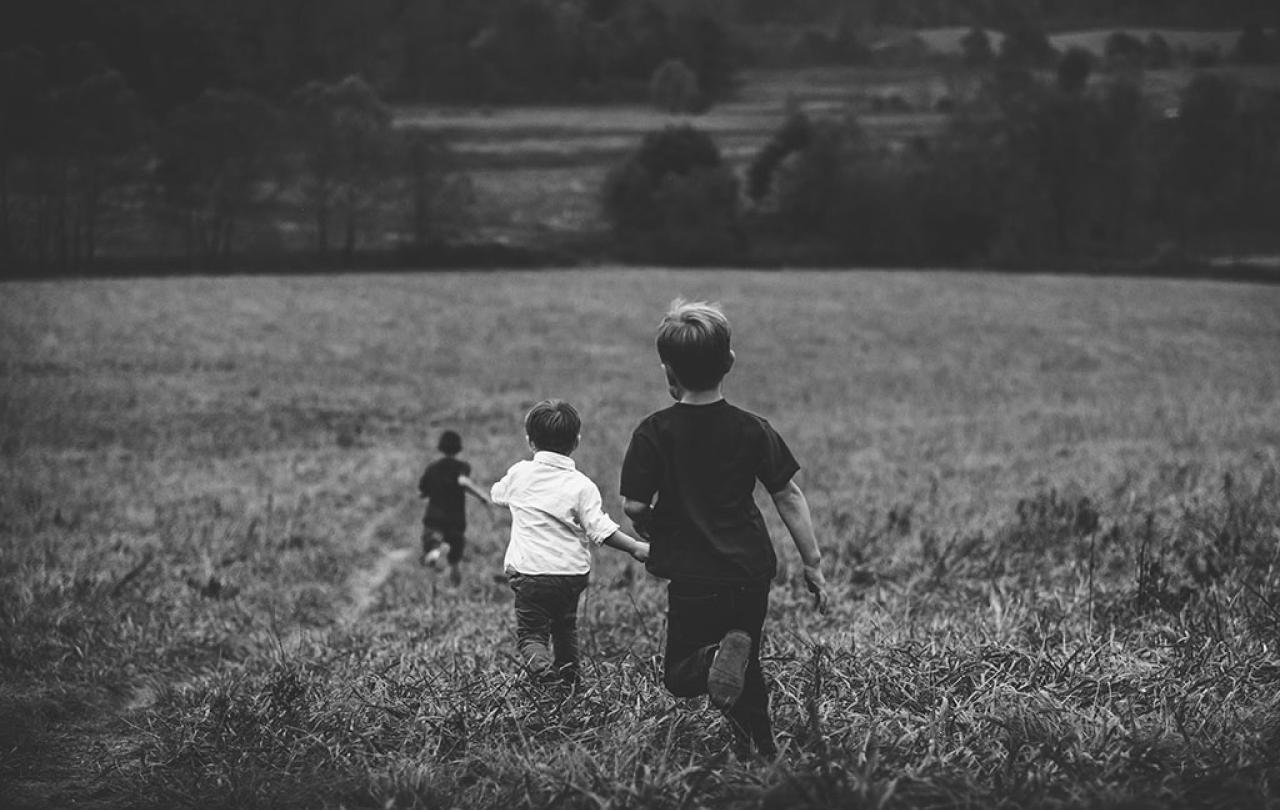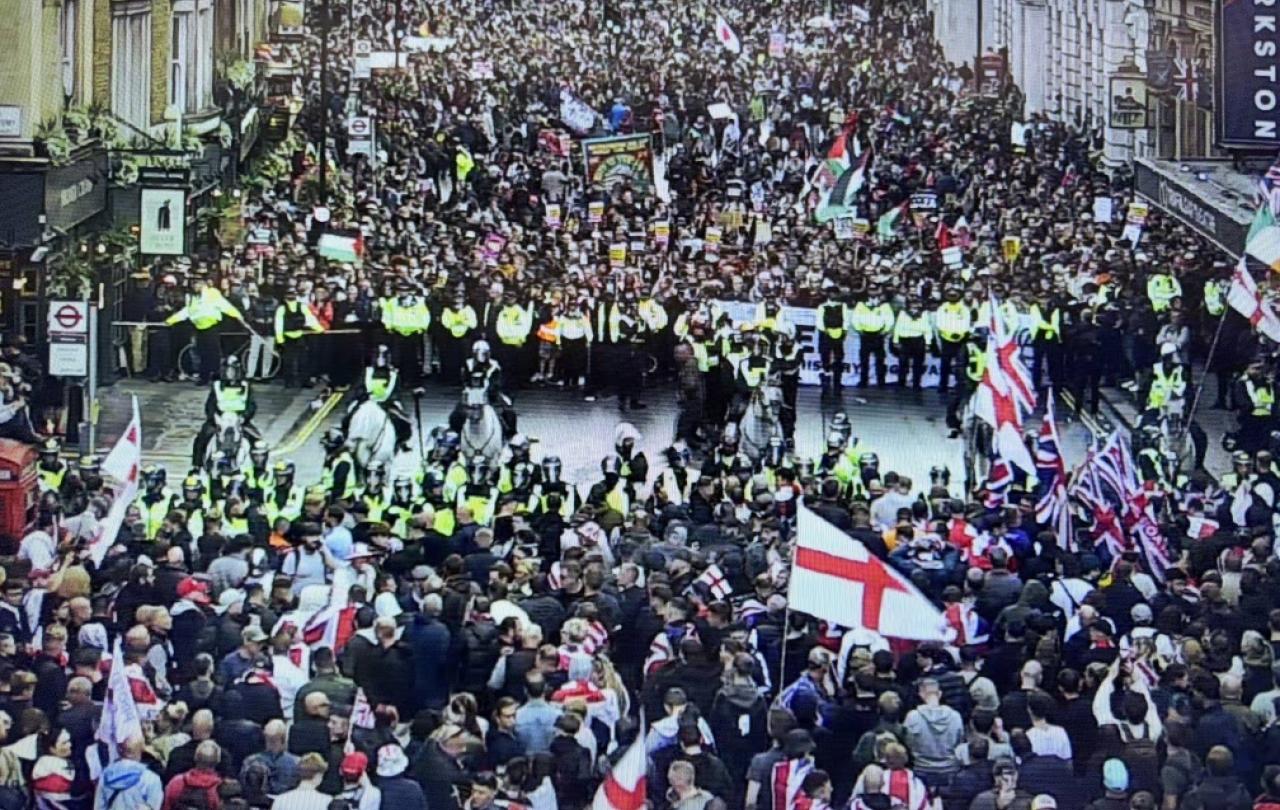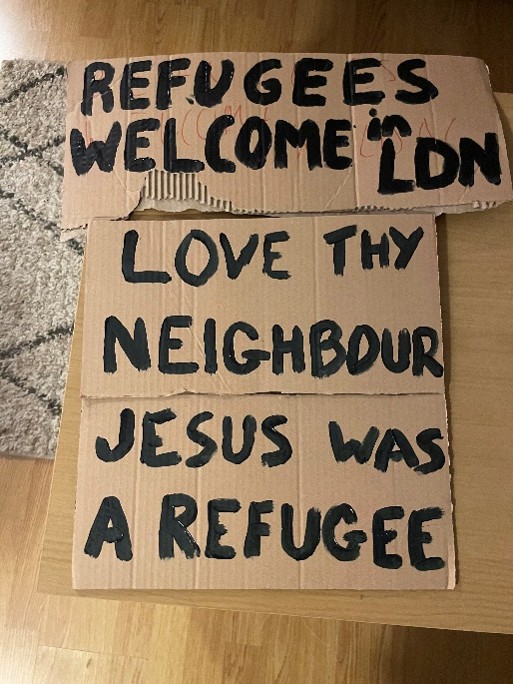
‘The thin place’ is one of those wonderfully old terms; fifth century old, to be exact. It’s what Celtic Christians labelled the precise places where it felt as though this world and another would meet. Those places were thin because the atmosphere they provided made it appear as though there was very little separation between humanity and the divine. The seen and the unseen, residing in particularly close proximity.
Being Welsh, I have a soft spot for anything remotely ‘celtish’. Being a lover of anything enchanting, I swoon at such a beautiful notion. Being a Christian, I happen to believe that thin places are real.
Here’s the interesting thing though, when the Celts used this phrase, it was pertaining to a geographical area – a Welsh waterfall, an Irish woodland, a Scottish Loch (sorry England, I’m sure your Anglo-Saxons were just as appreciative of you). But when Tarn Bright, the CEO of Home for Good, used this phrase just last week, it was when talking about the UK’s care system.
Quite the unexpected twist, isn’t it?
But you need to spend approximately three minutes in Tarn’s presence to agree with her. In fact, whenever I find myself chatting to anyone from Home for Good, an organisation that is intent on ‘finding a home for every child that needs one’, I find myself in a very thin place indeed.
As a way of explaining myself (and Tarn), allow me to briefly turn my attention to just one of the things that make Christianity ever so slightly odd: the Christian God is a family. I know, I know - it’s intricate, it’s complicated, it’s paradoxical, but it’s absolutely core to the way Christians perceive… well…. everything.
Father, Son, Holy Spirit – the Holy Trinity. All distinct, all one, all God. If I were NT Wright or Jane Williams, perhaps I would feel confident enough to explain this thoroughly. But I’m not, so I won’t. Instead, I’m hoping that you’ll take my word for it, follow my (or rather, Tarn’s) line of argument, and seek out the details later.
Deal? Deal.
So, here we all are acknowledging that Christianity has a family as God, that there has been relationship from the very beginning of time. And so, it follows that Christianity also hinges on a family-making-God, one who ‘sets the lonely in families’, to borrow a phrase. Hence, the thin place. Tarn’s profound thinking is that when we, as humans, put families together, there’s very little separation between us and the God who has always been determined to do the very same thing. If those families are formed biologically – wonderful. If a family is put together through a combination of circumstance and choice – that is just as legitimate and just as thin.
I struggle to think of a more beautiful thought.
Blasting through such trauma, is the immense joy of Home for Good finding and supporting a young couple who adopted all five children.
While I could expend thousands of words waxing-lyrical about such things, I’d be remiss to not tell you anything of Home for Good aside from its somewhat sacred (in my over-emotional opinion) nature. Let’s take it from the beginning.
Home for Good was thought up nearly ten years ago, at a garden party hosted in a vicarage; one flowing with Pimms and finger sandwiches. While the setting may be charmingly quaint, the content of the meeting was of the utmost seriousness. Desperate shortage of foster carers and adoptive parents in the UK was making headline news, and several Christian leaders, many of whom were foster carers or adoptive parents themselves, committed to work together to raise the profile of fostering and adoption within the UK Church.
And so, Home for Good was born.
You see, a child will enter the UK care system every fifteen minutes, there are more children in the care system right now than ever before. Each and every one of those children has intrinsic worth and value, all of them have experienced loss and trauma, many have suffered abuse or neglect. The reality is that there just aren’t enough carers to ensure that these children have somewhere stable to call home. It’s one of those vast and painful realities we find hard to digest. And yet, Home for Good not only acknowledges the tragedy, it tackles it head-on.
Active in all four UK nations, Home for Good is working to find a home for every single child: through fostering, adopting and supported lodgings.
You may be asking yourself where on earth they’re finding these homes.
Well, they’re finding them in the fifty thousand churches across the UK. Not ‘churches’ as in the grand (or perhaps not so grand) building next to your favourite coffee shop, but ‘Church’ as in the tens of millions of people who flow in and out of those buildings. We’re talking the people, not the places. Home for Good practically equip, support and train those who want to invite children into their families, while also mobilising churches to be welcoming and understanding places for these families to be. Because, if we are thinking of family as in ‘nuclear family’; that all important two adults to two-point-five children ratio, we are thinking too rigidly. And, contrary to popular belief, we are not thinking along very Christian lines either.
It struck me, while speaking with Tarn, that the work that Home for Good do is also thin in another way: the space between profound pain and immense joy is, and perhaps always will be, very thin indeed. For example, Tarn told me a story of five siblings who were in very real risk of losing each other. There seemed to be very little hope of finding a stable home for all five of them, as there simply aren’t enough carers who are able to take on siblings. And once separated, even if only intended to be a temporary measure, the chances of those siblings living together again are practically non-existent. It’s hard to fathom looking straight into such huge pain on such little faces. That’s the type of pain that, if we’re honest, we’d like to pretend doesn’t exist. But it does. And it’s in closer proximity than we allow ourselves to realise. But then, blasting through such trauma, is the immense joy of Home for Good finding and supporting a young couple who adopted all five children. This isn’t a story of rescue, Tarn will stand for no such thing, rather it is a story of family-making. The type that Tarn, with her own beloved adopted sons, knows well.
Unconditional love, deep belonging and unwavering devotion had been ‘professionalised out of the system’.
As well as working on a local level, Home for Good have built up an immense influence on a national level. Since Tarn’s been the CEO, she has worked with (all seven) Children’s Ministers in Westminster. As she subsequently observes, the system is not of conscious design. Rather, it consists of a conglomeration of reactive policy ‘add-ons’. Although there are people devotedly working within the system who are intent on doing the best for children, it is deeply and undeniably stretched. What’s more, inputting into the ‘once in a lifetime’ independent review, Tarn and her team were able to explain how unconditional love, deep belonging and unwavering devotion had been ‘professionalised out of the system’. Somewhere along the line, we have stopped asking ‘what the child’s heart needs’. And yet, Tarn notes that how we treat our children now will directly affect how our world works in a generation’s time.
If this is not a justice issue of the most profound kind, it’s hard to imagine what is.
And so, there we have it. Home for Good, the thinnest place imaginable. The place where every child is fought for. The place where family is re-imagined. The place where I abandon every ounce of professionalism, as I put all my energy into holding back embarrassing tears. The place that is, thankfully, quite used to such reactions.






